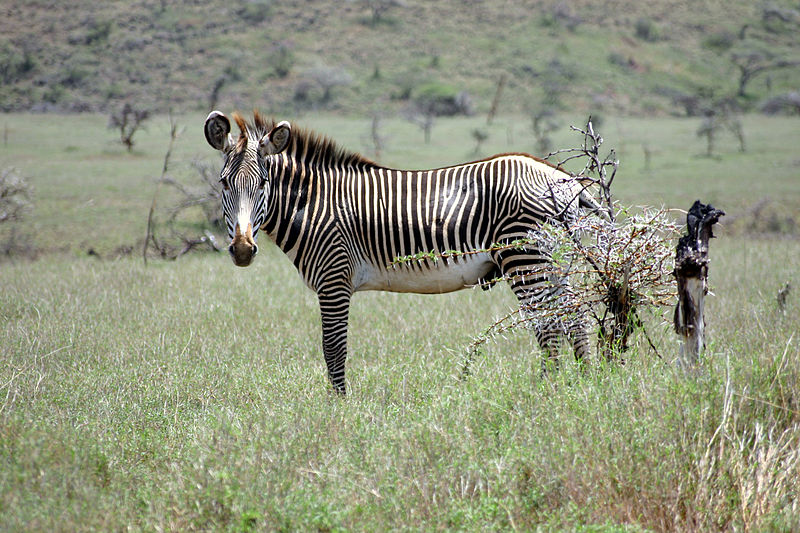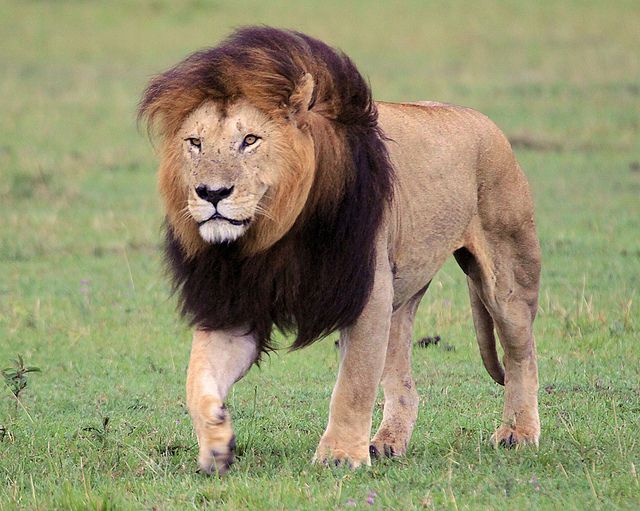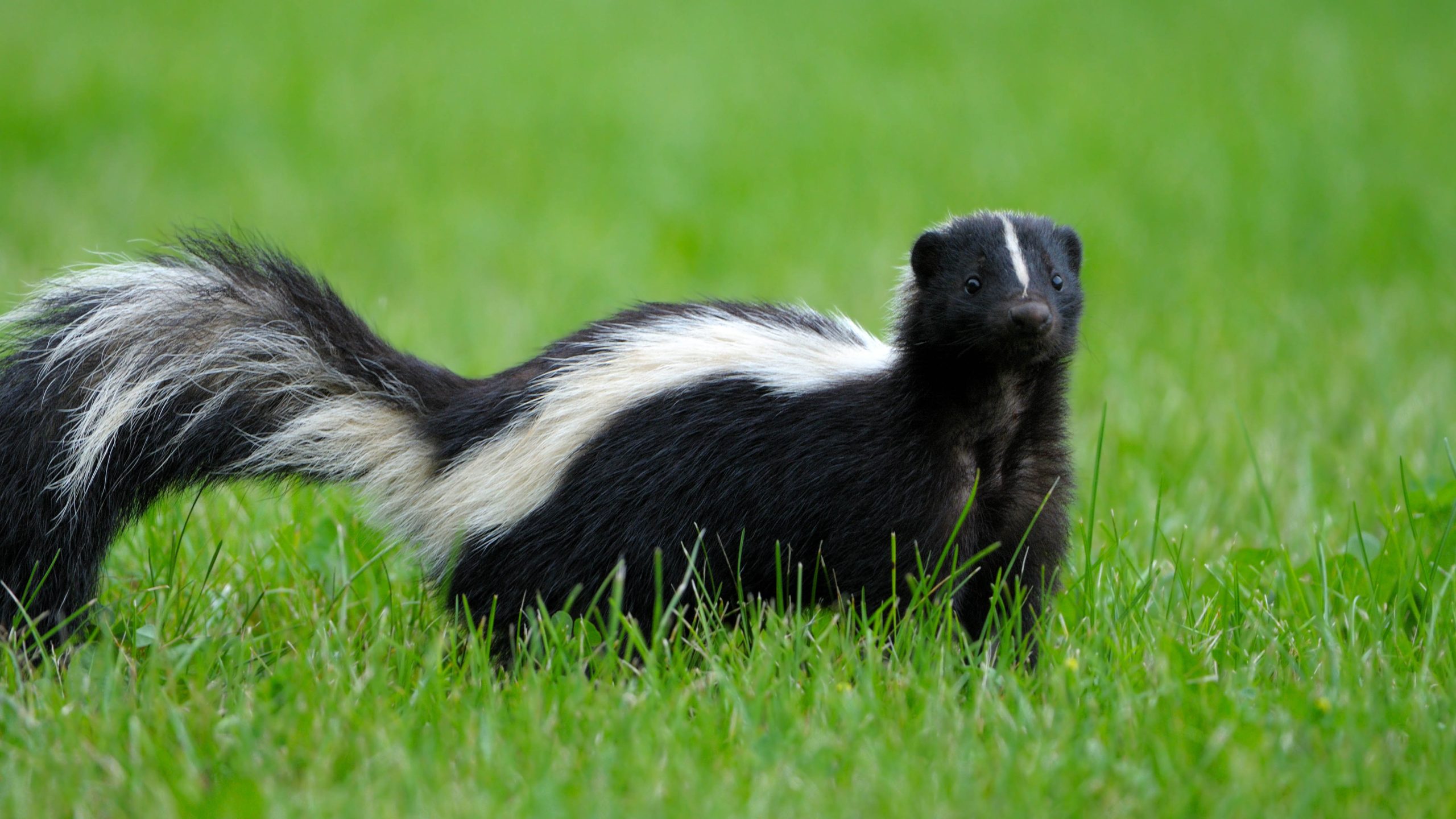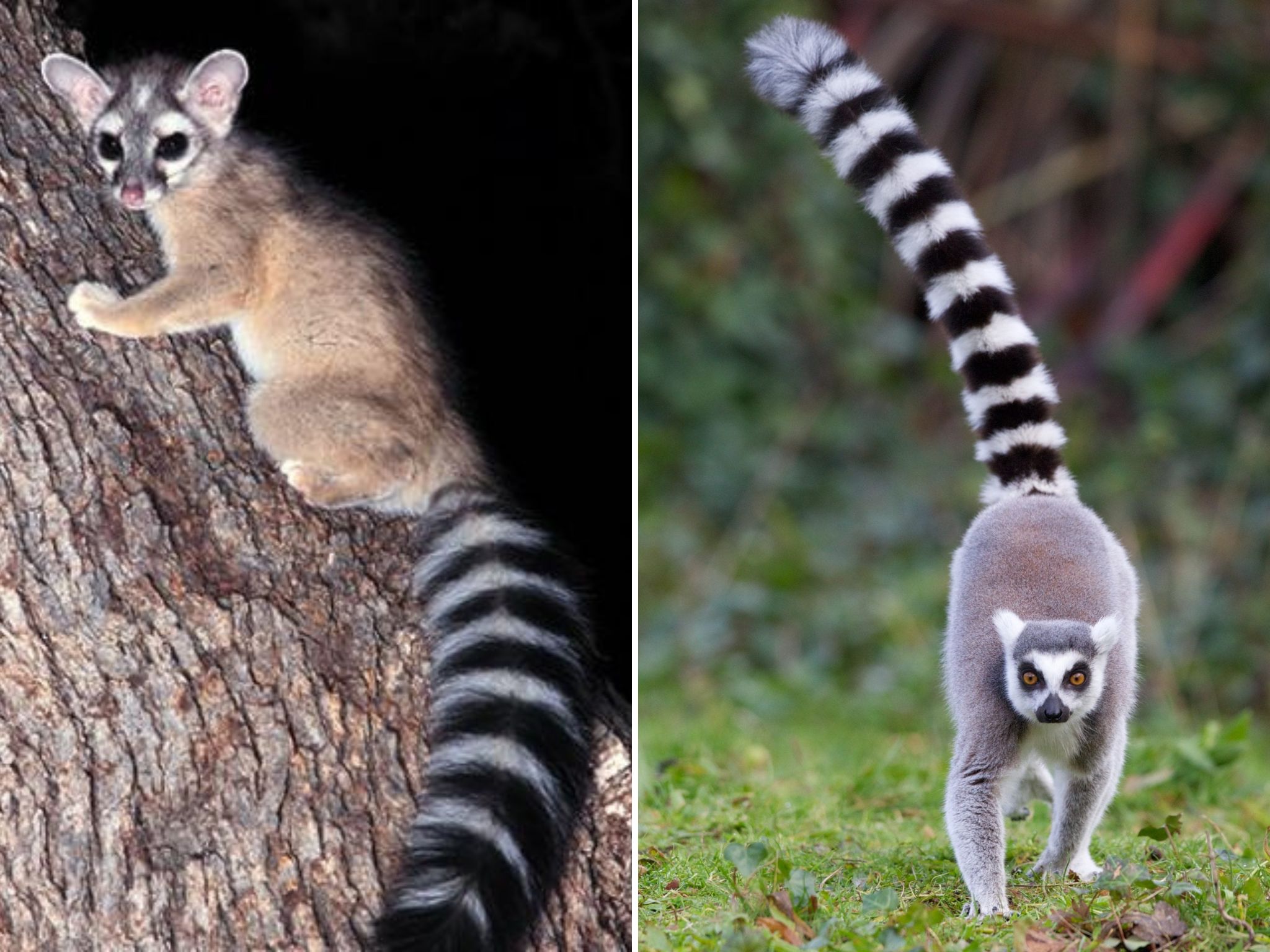
Beyond the Black & White: Exploring the Rarest Zebra
The Grevy’s zebra (Equus grevyi), also known as the imperial zebra, is the largest living wild equid and the most threatened of the three species of zebra, the other two being the plains zebra and the mountain zebra. Named after Jules Grévy, the president of France from 1879 to 1887, this zebra is found in parts of Kenya, Somalia, and Ethiopia.

Description:
- Grevy’s zebras are the largest of all wild equines. They are 2.5–2.75 m (8.2–9.0 ft) in head-body with a 55–75 cm (22–30 in) tail, and stand 1.45–1.6 m (4.8–5.2 ft) high at the withers. These zebras weigh 350–450 kg (770–990 lb).
- Grevy’s zebra differs from the other two zebras in its more primitive characteristics. It is particularly mule-like in appearance; the head is large, long, and narrow with elongated nostril openings; the ears are very large, rounded, and conical and the neck is short but thick. The zebra’s muzzle is ash-grey to black in colour with the lips having whiskers.
- Their stripes are narrower than those of other zebras, and they extend to their underbellies and legs. They also have a “shadow stripe” running down their backs.
Habitat and Distribution:
- Grevy’s zebras are found in the grasslands and semi-arid savannas of Kenya and Ethiopia. They prefer areas with tall grasses and scattered trees, where they can find food and shade.
Diet:
- Grevy’s zebras are herbivores and their diet consists mainly of grasses, leaves, and fruits. They are more selective feeders than other zebras and avoid grazing on short grass.


Behavior:
- Grevy’s zebras are social animals and live in small herds of up to 10 individuals. They are more solitary than other zebras and do not form large herds.
- They are diurnal animals and are most active during the day. They spend their days grazing and resting in the shade.
- Grevy’s zebras are good swimmers and can cross rivers to escape predators.
Reproduction:
- Grevy’s zebras breed year-round, but most foals are born during the rainy season.
- Gestation lasts for about 12 months and a single foal is born.
- The foal is able to walk within a few hours of birth and can graze on its own within a few weeks.
- Grevy’s zebras reach sexual maturity at around 3-4 years old.

Threats:
- The main threats to Grevy’s zebras are habitat loss, poaching, and competition from livestock.
- Habitat loss is caused by factors such as agriculture, development, and overgrazing.
- Poaching is a threat for their meat and skins.
- Competition from livestock for food and water resources is another threat.
Conservation:
- There are a number of conservation efforts underway to protect Grevy’s zebras.
- These efforts include habitat protection, anti-poaching patrols, and education programs.
- The Grevy’s Zebra Trust is a leading organization working to conserve these zebras.







